Sony FE 200-600mm F5.6-6.3 G OSS Review
Dustin Abbott
January 20th, 2020
I personally welcomed the announcement of the Sony FE 200-600mm F5.6-6.3 G OSS lens for the simple reason that it created a way to get extended reach for Sony shooters without breaking the bank. Tamron helped create a huge market for the “affordable super-telephoto” class of lenses when it released the 150-600mm F5-6.3 VC USD back at the beginning of 2014. Many amateur photographers will never be able to afford the supertelephoto prime lenses from Sony, Canon, or Nikon that often cost $8000-14,000, so to have an affordable yet competent lens with a lot of reach is a huge deal. This Sony option has a slightly more restricted focal range (starting at 200mm rather than 150mm), and a slightly smaller maximum aperture (starting at F5.6 rather than F5), but it is a more competent lens than any of the other similar lenses I have used. It really sings on my Sony a9 body, and I’ve had more fun using it than any of the similar lenses before because the autofocus combination feels almost like cheating…in the best sort of way! The FE 200-600G (as we’ll call it for brevity) will satisfy the “good enough” threshold for a lot of people for whom a lens like the Sony 400mm F2.8 GM lens is completely out of reach (it costs six times as much). It’s easy to be satisfied with “less” when you can get photos like this:
It has taken Sony a while to start to develop their catalog of telephoto lenses, but thus far their lenses have proven quite good. Bodies like the a9/a9II, a7III, or a7RIV have been crying out for exceptional lenses to take advantage of their powerful focus systems, and the 200-600G is probably the most likely candidate for many photographers to fill that niche. The FE 100-400mm F4.5-5.6 GM OSS has been the most likely candidate to fill that role until now, and, while there are still some advantages to a lens like this (form factor, size, and weight), it requires the use of teleconverters to achieve serious reach. Using teleconverters can be limiting, as they reduce the available maximum aperture to F8 (1.4x) or F11 (2.0x). That requires a lot of light, so a lens that can reach 600mm at F6.3 (only 1/3rd stop smaller than F5.6) is very useful for having more flexibility in the kinds of lighting you can achieve action-stopping shutter speeds at.
The 200-600G isn’t a perfect lens, but it is a very good one. It’s good enough that I have been debating purchasing one ever since using it even though I know that I rarely use lenses like this. But having it as an option for when I do is a compelling thought…and we’ll explore why in this review.
Prefer to watch your reviews? I have either a quick take video review or a more thorough one available:
I’ll be reviewing the FE 200-600mm F5.6-6.3 on my Sony a7RIII and Sony a9 bodies, and you can see photos from both cameras below. Stay tuned for my ongoing coverage.
Follow Me @ Patreon | My Newsletter | Instagram | Facebook | Twitter | Flickr | 500px
Sony FE 200-600G Build and Handling
If you aren’t familiar with this kind of lens, your first impression is going to be that this is a BIG lens. There are many larger lenses than this, of course, but the size of this category of lens makes most non-telephoto lenses look small by comparison. I’ve had the opportunity to review a number of lenses in this kind of category, from the Contemporary and Sport versions of Sigma 150-600mm, the 60-600mm Sport from Sigma, and the Tamron 150-600mm “G1” and G2 lenses. I’ve also reviewed large telephoto primes. I’m happy to report that the build, handling, and feature set of the 200-600G is definitely on the higher end of the scale in this group.
First of all, however, here’s a chart that will provide some perspective on the size of the lens:
You’ll note that the 200-600G is easily the longest lens of the four lenses being compared here, topping the Sony 100-400GM by 113mm and the Tamron G2 by nearly 60mm. The Sigma Sport is the closest in length, but the Sony is still some 28mm longer. All is not lost here, however, as of the four the 200-600G is the only internally zooming lens, meaning that it’s length does not change during zooming, whereas the other three lenses will get considerably longer when zoomed to their maximum focal lengths. There is both a positive and a negative way to view this. The negative is that the 200-600G will unquestionably take the most room for storage. I took it out on a hike yesterday and in my Peak Design Everyday 20L backpack it barely fit top down with the hood in place. The 100-400GM is the easy winner if portability is your priority, though even with a 1.4x extender it won’t quite get to 600mm.
The positive way to look at this is that I vastly prefer using this lens in the field over the 150-600mm variants due to the fact that the balance stays the same no matter what focal length you are at. I find it the best of the long lenses I’ve used to support as the fixed nature of the length allows the balance point to work best. The Sigma Sport is the worst for this, as a lot of the weight is located farther out from your body where it is the most difficult to support it. Another benefit to this design is that the zoom action is easily the smoothest of the group. You can zoom the lens with a finger without disrupting your tracking.
One final area of benefit from an internally zooming and focusing design is that there is much less chance of introducing dust into the lens because there is no “pumping” action. The 200-600G sports a thorough weather sealing, from a fluorine coating on the front element, gasket at the lens mount, and (according to this diagram from Sony), a grand total of 15 seal points throughout the lens. The rings, switches, and transition points in the lens are all well-sealed, which is very reassuring.
While the Sony 200-600G is longer than competitors, it isn’t necessarily heavier. It is significantly heavier than the 100-400GM, obviously, though that is a much smaller lens. The 200-600G weighs in at 2115g (4.65lb) compared to the 1395g (3.075lb) pf the 100-400GM. Compared to the lenses more similar in size, however, the Sony takes the middle ground. It is ever-so-slightly heavier than the Tamron (2010g, though that 5 grams would be undetectable), and is significantly lighter than the Sigma Sport (2860g).
The design of the tripod collar/foot is interesting. The foot itself is easily removable in what is the best such design I’ve seen thus far. It is similar to the Canon 100-400L II in that the foot is removable but the collar is not. The point where the foot can be mounted is easily rotated out of the way if you want to use the lens handheld, though I personally find the foot a good way to support the lens in the field.
Where I ding the tripod foot itself is that it isn’t Arca-compatible, meaning that you cannot directly mount it on a tripod without a quick release plate. I don’t understand this at all. It seems like such a small thing to design for and makes a big difference. The collar itself can be easily released via the locking knob so that you can rotate it to your preferred position. There are dots that mark the four cardinal positions, but no detents there, so you will have to visually align them.
The 200-600G includes Sony’s Focus Hold button, though in this case they have included it in three locations so that when the lens is rotated on the collar you will still have easy access to one of them. The Focus Hold button can be programmed to a variety of functions in the camera body.
Both the zoom and manual focus rings are wide, ribbed, and rubberized. As noted previously, the zoom ring is top notch. It moves very smoothly with the perfect amount of damping. The focus ring also has a nice feel and I couldn’t detect any lag in the “focus-by-wire” arrangement. In a nice touch, it is a linear ring, which means that a focus point will be consistent whether you are focusing quickly or slowly. This arrangement allows for more repeatability.
As per usual, the active focus area will be magnified when input is detected on the focus ring and an on-screen distance scale will appear. Everything works about as well as you could wish for here.
Closest to the lens’ mount is a bank of switches. There is an AF/MF switch accompanied by a focus limiter with three positions (Full, 2.4-10m, and 10m to infinity). Using the focus limiter effectively will help in certain situations, though thankfully autofocus is extremely fast in all situations. The second bank of switches is an On/Off for the OSS (Optical Steady Shot) and a secondary switch where one can choose which mode to the use the OSS in. Mode 1 is standard, Mode 2 is panning, and Mode 3 is for following erratic action (BIF) where stabilization in the viewfinder is minimized and stabilizing the image at capture is prioritized.
The OSS works seamlessly with the In Body Image Stabilization (IBIS) on my test cameras, and is effective in both the viewfinder and at capture. I was able to get fairly repeatable results at 1/20th second at 600mm, though frankly this is a fairly useless metric. If you are going to be capturing moving subjects (sports or wildlife) with this lens (it’s main purpose), you need to keep the shutter speeds up to freeze the action. The OSS seems to do a good job when using it in a normal way, which is what matters most to me. Here’s a 600mm shot at 1/13th second:
The 200-600G has a higher aperture blade count (11) than usual, which gives it the advantage of maintaining a more circular aperture when stopped down.
The 200-600G is a variable-aperture zoom, starting at F5.6 and ending at F6.3. This is a very minor aperture brightness change – one third stop – which is the smallest amount of “variable-aperture” possible. The lens holds F5.6 as a maximum aperture from 200-300mm and then is at F6.3 from 300mm on. This gives it a slight disadvantage compared to some other lenses that hang onto a wider maximum aperture a little longer. The Tamron 150-600mm G2, for example, doesn’t hit F6.3 until 428mm, for example.
The 200-600g is compatible with both Sony’s 1.4x teleconverter and 2.0x teleconverter. Using the 1.4x TC will give you a maximum reach of 840mm (with a maximum aperture of F9) and the 2.0x will give you a maximum reach of 1200mm (with a maximum aperture of F13). While the latter combination will autofocus on several Sony cameras, I’m not a huge fan of 2.0x TCs in many instances as the compromises to autofocus and image quality outweigh the potential advantages of additional reach, though your mileage may vary.
Sony has included their Nano AR coatings on elements to help eliminate flare and ghosting. I did see a bit of flare when panning across the sun, but the narrow angle of view on a lens like this means that flare is rarely an issue.
The minimum focus distance of the 200-600G is 2.4m (7.87′). This gives you a maximum magnification figure of about 0.20x, which is useful but not exceptional. The FE 100-400GM easily bests this.
All told, this is a beautifully handling lens (if you can handle large!) that feels and operates like a serious, pro-grade lens. It isn’t giving up much of anything compared with far more expensive lenses that I’ve tested. The price point of $1999 USD, while not cheap, is definitely backed up by the professional grade build and handling of the lens.
Autofocus Performance
Sony’s website says this about the focus motor: “Sony’s DDSSM (Direct Drive Super Sonicwave Motor) system has the power and precision needed to drive the lens’s mechanism for remarkably fast, accurate focusing. High positioning accuracy means that no movement is wasted.” From everything I have seen, this is far from marketing hype. The focus system on the 200-600G is awesome, though the degree of awesomeness varies according to what camera you have the lens attached to.
Put simply, I saw a bigger degree of variability between my Sony a7RIII and my Sony a9 than I’ve previously seen in performance. The lens is good on the a7RIII but approaches sublime on the a9.
My main tracking tests were courtesy of a friend who is a dog breeder (Jengar Goldens) who brought three of her golden retrievers (of varying ages) out so that I could test tracking on them. We tracked the dogs in free play and also in some staged runs to torture test focus. The a9/200-600G combination felt pretty much like cheating. Since I wanted both JPEGs and RAW files, I kept the camera on Uncompressed RAW and Extra Fine JPEG (most demanding combination), so my burst rate dropped to about 14FPS (not much to complain about!). The ease with which the combination acquired and maintained focus was like no combination I’ve ever seen with the 150-600mm or 60-600mm variants.
At 14FPS you get a bunch of images in a hurry, and I can recall three throwaway images from nearly 500. In those three images I spotted some action and just started “pulling the trigger” before focus was really acquired, and got three completely unfocused frames before the AF caught on to what I wanted to do. Other than that, however, while there were minor variations of front/back focus during sequences, they were so minor that I had to pixel peep and strain to see them. And this was with dogs moving very, very fast towards the camera. Very impressive.
So focus speed and accuracy is excellent. I used Pet Eye AF during those sequences and saw a lot of eye tracking during flat out runs. Like I said – so good it felt like cheating.
Interestingly, I also tried video under the same conditions and found that the focus tracking for video was far less impressive. This might have been helped by changing the focus AF tracking sensitivity (I had it on 3 – standard), though I didn’t think to change that setting in the field as my primary purpose there was for photography tracking.
Human Eye AF also worked very well, though this is a pretty long lens to use for portrait work. You can see that focus was impeccable, though.
Focus was also extremely quiet under all conditions. The DDSSM does not produce any audible noise unless you put your ear right on the lens barrel.
On the a7RIII I had a little more mixed results, which is obviously more the nature of the focus system of the camera than of the lens. I tried to track little birds flitting around some trees (the amount of wildlife I have access to in a Canadian winter is limited!). I found acquiring focus more frustrating, as focus would seem to “stick” more often than with the a9. The shots I got were well focused, but there were also a number of shots I missed because focus was more reluctant to get where I wanted, and by the time I got focus there the birds had moved. Here’s one that I got in that scenario in APS-C mode (an equivalent of nearly 700mm on this shot):
For slower moving targets, this combination is fine, but I would recommend utilizing bodies like the a7RIV, a7III, and, best of all, the a9 or a9II for serious tracking. The advantage of the a7RIV here is that it has a killer APS-C mode with a 26mpx resolution, and the focal length becomes a killer 300-900mm equivalent on APS-C.
The 200-600G gets extremely high marks for its autofocus performance. Pair it with one of Sony’s better AF cameras and you will have a fantastic focus experience.
Sony FE 200-600G Image Quality
While Sony designated the 200-600G a “G” rather than “G Master” lens, the 200-600 has many of the qualities that I typically associate with a GM lens. The lens has a fairly complex optical formula with 24 elements in 17 groups, which includes one aspherical element and five ED (extra-low-dispersion) elements. Sony has also applied its Nano AR coatings on the elements to reduce flare and ghosting. In my tests I saw few optical flaws and feel like this lens gives a more consistent performance than what I’ve seen with any of the similar lenses that I’ve tested. You can get a good look interactively at the image quality by watching the image quality breakdown portion of the thorough review (begins at 17:52).
At 200mm there is a bit of pincushion distortion but negligible vignette. You will only see either flaw if you set out intentionally to look for it, as this will be corrected in-camera for JPEGs or video and RAW files have an embedded correction profile that will automatically show up in your editing software. Correction does a very clean job.
The story at 400mm is largely the same, with an even smaller amount of pincushion distortion and vignette that is easily and cleanly corrected.
Ditto at 600mm. No real concerns in this area…at all.
Due to very inclement weather during my scheduled time to do formal lens tests (a blizzard), I shot a series of tests indoors both with charts and then the beautiful cover of a book of portraits by Gregory Heisler. I positioned the book both in the center of the frame and then, in a second series, in the upper left corner of the frame. Here’s a look at the setup:
If we look at a pixel level from my 42mpx Sony a7RIII, we find that while resolution remains strong in the corner, the center of the frame exhibits higher levels of contrast and slightly higher resolution:
Other than the reduced contrast, even the corner of the frame looks exceptional (I have balanced the exposure difference in post).
Stopping down to F8 adds little in terms of additional resolution, though contrast is slightly improved (note that the bright areas are brighter while the dark areas are a little deeper in the F8 image):
The quick takeaway is that you are getting very close to peak performance wide open at 200mm. Here’s a few real world 200mm samples and crops:
Pretty great stuff.
At 400mm there is a little more disparity between the center and corner contrast, though there is still plenty of resolving power there:
Stopping down to F8 gives a hair more contrast in the corners, but it’s only minor:
Real world 400mm results were excellent (even when in action!):
Finally, we see a consistent performance at 600mm, where the difference between center and corner contrast and resolution is fairly even. There continues to be more center contrast, but this is an impressive performance:
Stopping down to F8 improves contrast levels as before, but you are getting great results even wide open at 600mm. Here’s some real world proof:
I would argue that 600mm is easily the most important part of this zoom range. I looked at my Lightroom catalog and calculated that nearly 40% of all the photos that I took during my review were shot at 600mm (from 588-600mm), and I suspect that number might be even higher if I had not been intentionally testing the lens at other focal lengths. The performance of 200-600G is remarkably even across the zoom range, which could be in part the decision to slightly restrict the focal range compared to the 150-600mm variants. I should also note that the great focus systems in some of Sony’s better cameras and their Real-time Eye AF and Pet AF tracking allows for the optical properties of this lens to be realized more consistently than what I’ve seen before. Kudos to Sony!
I also found that chromatic aberrations were well controlled, with next to no visible longitudinal CA to see in this test:
I saw a bit of veiling and ghosting when I panned the lens across the sun, but the narrow angle of view means that this will rarely (if ever) be an issue.
The bokeh from the 200-600G is not going to be mistaken for the often exceptional results from the uber-expensive super-tele primes. They often produce a near magical subject isolation due to the combination of aperture and focal length. This lens has a smaller maximum aperture, of course, and so it isn’t as special. Neither, however, was the bokeh objectionable in any way, and the long focal length/compression of the lens means that backgrounds will frequently be strongly blurred:
You can even use the lens for landscapes in certain big vistas:
All told, the Sony FE 200-600G is a lens that competes very, very strongly in this class and is unlikely to leave many people optically disappointed.
Conclusion
Essentially all the arguments against a lens like the Sony FE 200-600mm F5.6-6.3 G OSS are arguments against the type of lens rather than the reality of the lens. The high end purists will argue that a zoom lens with a smaller aperture like this is optically compromised, though the 200-600G is so well executed that this argument is a little harder to make. There are certainly situations where a lens with a smaller maximum aperture is going to require more light than an equivalent prime with a maximum aperture of F4, and the subject isolation is a little less pronounced. The alternative at the moment is the Sony FE 400mm F2.8 GM lens + a 1.4x teleconverter (which would give you 560mm F4), but that combination will cost you roughly $12,500 before taxes. Ouch! For many of us, the 200-600G is about as magical as we can afford, and shots like this “ain’t so bad”.
The other argument is due to the form factor. For many, the smaller size and reduced weight of a lens like the Sony FE 100-400mm F4.5-5.6 GM is more attractive. Perhaps when you travel, you need to carefully watch the weight of what you carry, or perhaps the physical strain of handholding a larger lens like the 200-600G is a limiting factor. These are legitimate concerns. The counterargument is that where the two lenses overlap the 200-600G is every bit as good (and sometimes better) optically, and if you add the 1.4 TC to the 100-400GM the price becomes roughly 50% higher than the 200-600G.
There are few objections to the actual lens itself that I can make. It has a pro-grade level of build quality, weather sealing, and features (including one more mode on the OSS than the 100-400 GM). The DDSSM focus motor is silent, fast, and accurate. The image quality is consistently good across the zoom range with few optical shortcomings. I prefer the internally zooming design in the field because of the consistent balance and ease of zooming. Put simply, if you need longer reach for your photography, and can manage a bit of weight, the 200-600G is an easy choice. The nearly $2000 USD price tag is not cheap, but the performance to value ratio for this lens scores pretty high. This is the kind of lens that many of us wanted from Sony, and they have delivered a winner!
Pros:
- Beautiful build quality including robust weather sealing
- Excellent handling (internal zoom helps balance)
- Incredible autofocus performance – quiet, fast, and accurate
- The 200-600G tracks remarkably well with better cameras like the a9
- Human and Pet Eye AF work well
- Strong, consistent optical performance across the zoom range
- Good contrast and chromatic aberration control
Cons:
- Internal zoom design does make the lens larger for storage
Purchase the Sony FE 200-600mm F5.6-6.3G OSS: B&H Photo | Amazon | Amazon Canada | Amazon UK | Amazon Germany | Ebay
Sony a9 Camera: B&H Photo | Amazon | Amazon Canada | Amazon UK | Amazon Germany | Ebay
Sony a7RIV Camera: B&H Photo | Amazon | Amazon Canada | Amazon UK | Amazon Germany | Ebay
Sony a7R III Camera: B&H Photo | Amazon | Amazon.ca | Amazon UK | Ebay
Peak Design Slide Lite: Peak Design Store | B&H Photo | Amazon | Amazon Canada | Amazon UK
Peak Design Leash Strap: Peak Design Store | B&H Photo | Amazon | Amazon Canada | Amazon UK
BenQ SW271 4K Photo Editing Monitor – B&H Photo | Amazon | Amazon.ca | Amazon UK
Adobe Photoshop Creative Cloud 1-Year Subscription
Exposure Software X5 (Use Code “dustinabbott” to get 10% anything and everything)
Visit Dustin’s Amazon Storefront and see his favorite gear

Purchasing your gear through B&H and these links helps fund this website and keeps the articles coming. You can also make a donation here if you would like. Visit my Amazon page for some of my gear of choice! Thank you for your support.
Great News! I can now offer a 5% discount on all purchases at Amplis Foto, Canada’s Leading Photographic Supplier. Please enter discount code: AMPLIS52018DA in your cart. It is good for everything in your cart, and is stackable with other coupons, too! It will take 5% off your entire order! Proceeds go towards keeping this site going and providing you with new reviews!
Check me out on: My Patreon | Sign Up for My Newsletter | Instagram | Facebook | Twitter | Flickr | 500px | Google+ |
Use Code “DUSTINHDR” to get $10 off ($15 CDN) any Skylum product: Luminar, Aurora, or AirMagic
Purchase the Sony FE 200-600mm F5.6-6.3G OSS @ B&H Photo https://bhpho.to/2sHUcUt | Amazon https://amzn.to/2ZRXXmi | Amazon Canada https://amzn.to/37CaUTV | Amazon UK https://amzn.to/37JQLuX | Amazon Germany https://amzn.to/39LpGJF | Ebay http://bit.ly/FE200600
Keywords: Sony 200-600, Sony FE 200-600, 200-600, 200-600mm, Sony FE 200-600G, 200-600G Review, Sony FE 200-600mm F5.6-6.3 G OSS, F5.6-6.3, 5.6-6.3, G, OSS, Dustin Abbott, Review, Autofocus, Sony a7RIII, Sony A7RIV, Sony a7R IV, Sony a9, Hands On, Video Test, Portrait, Video, Sharpness, Real World, Comparison, Action, AF-C, Tracking, Eye AF
DISCLAIMER: This article and description contains affiliate links, which means that if you click on one of the product links, I’ll receive a small commission. As an Amazon Associate I earn from qualifying purchases.










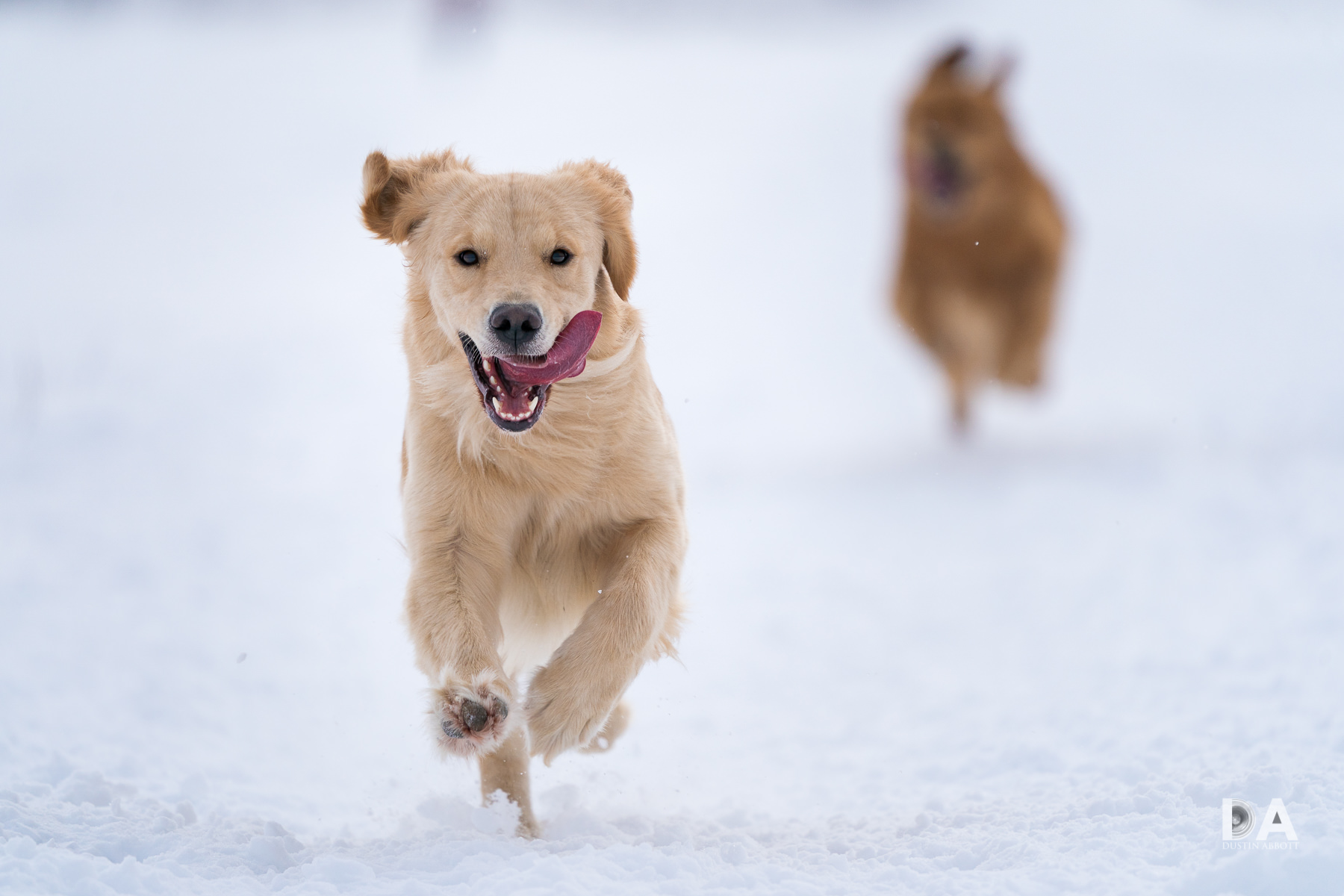

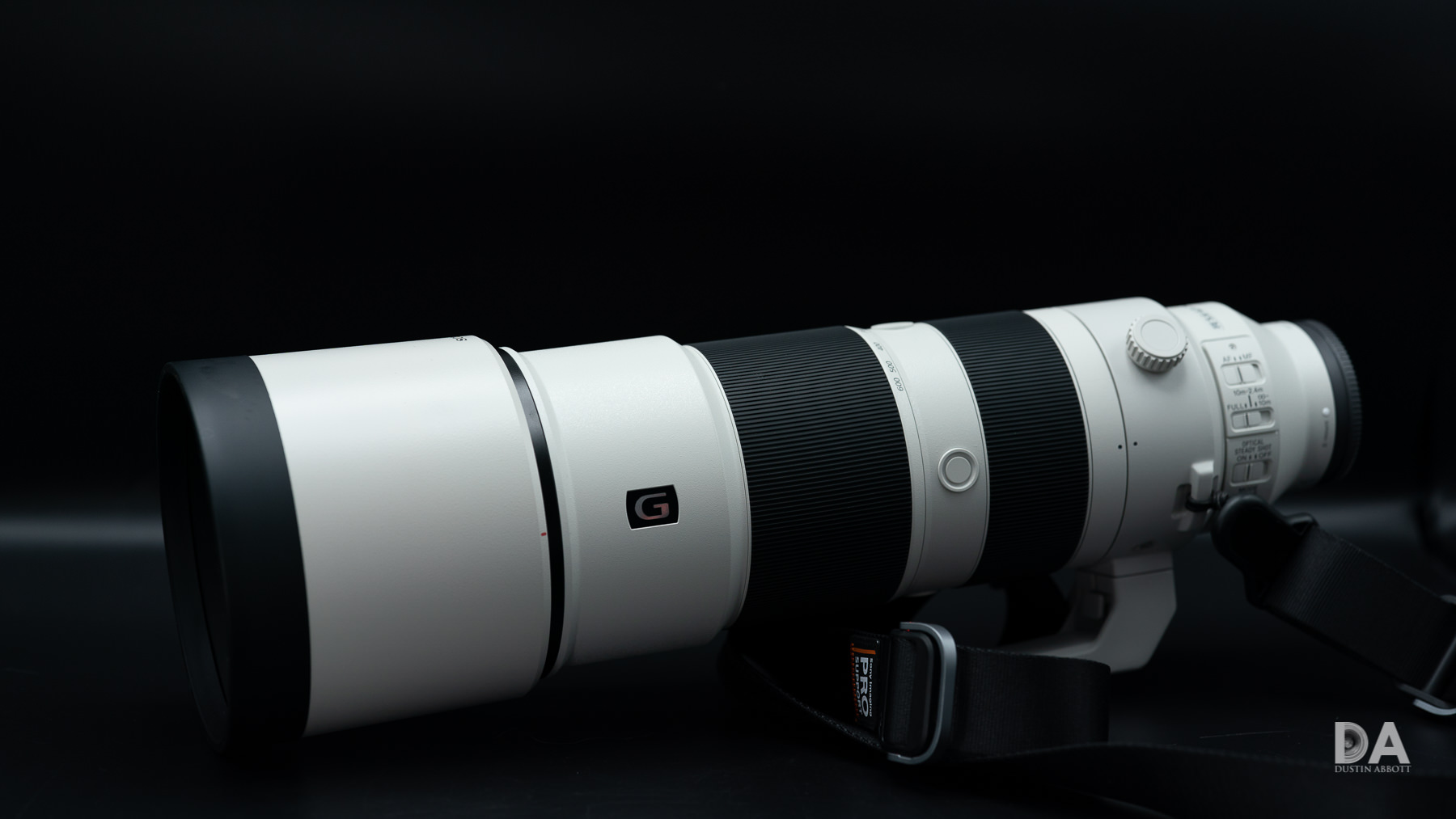
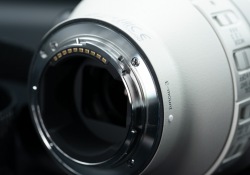
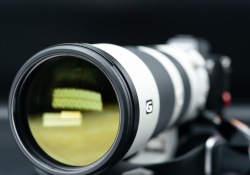
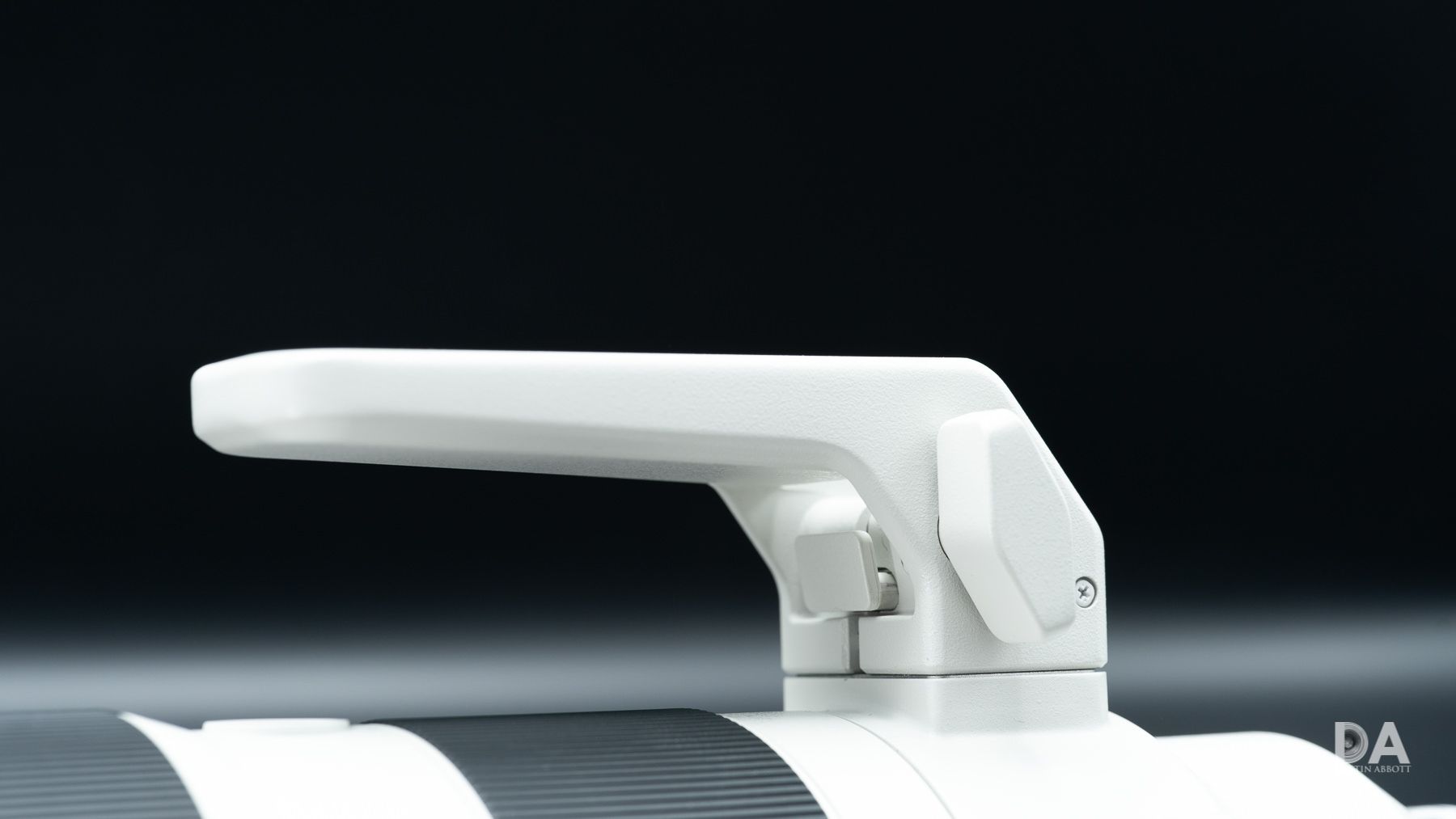
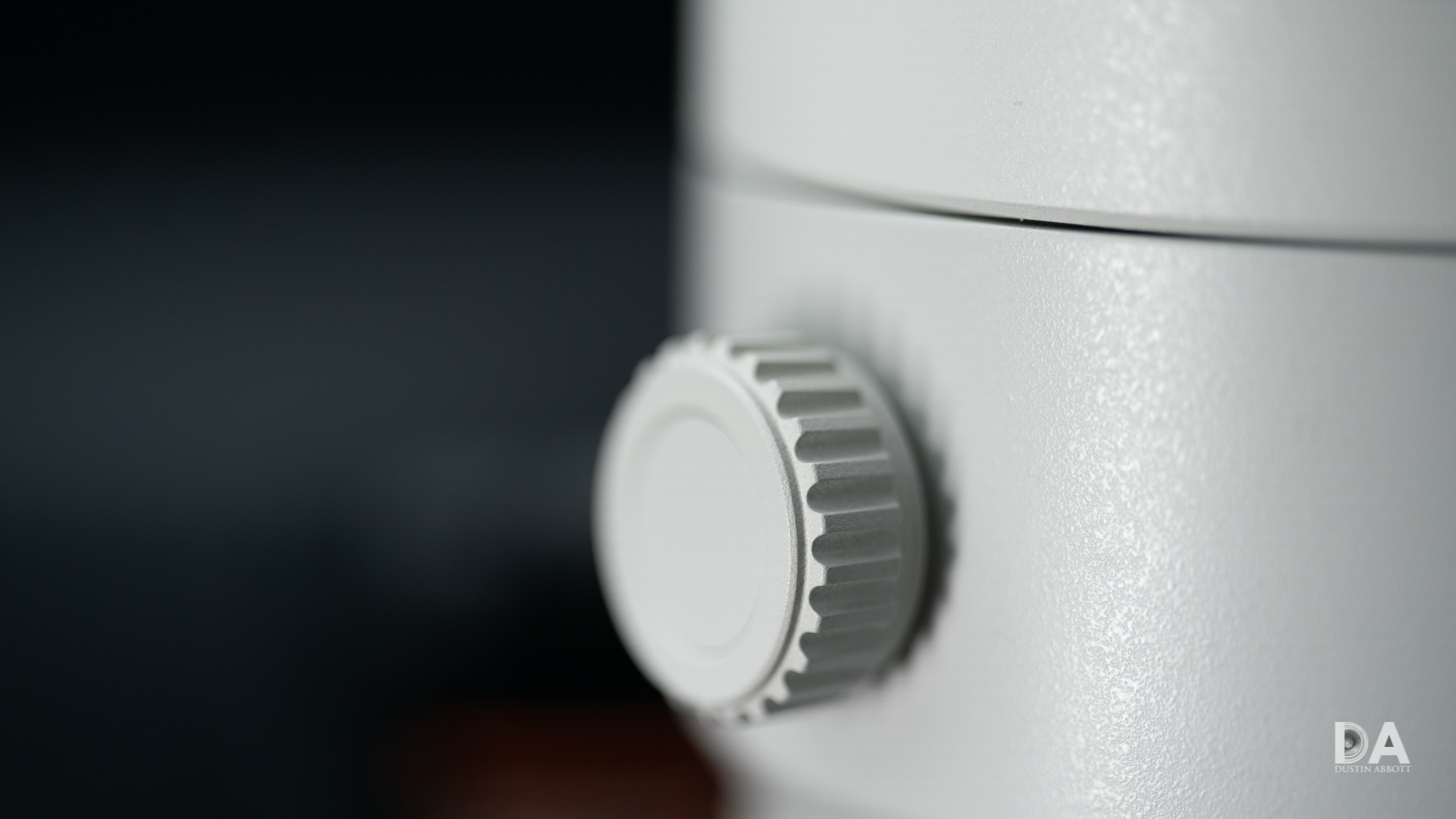
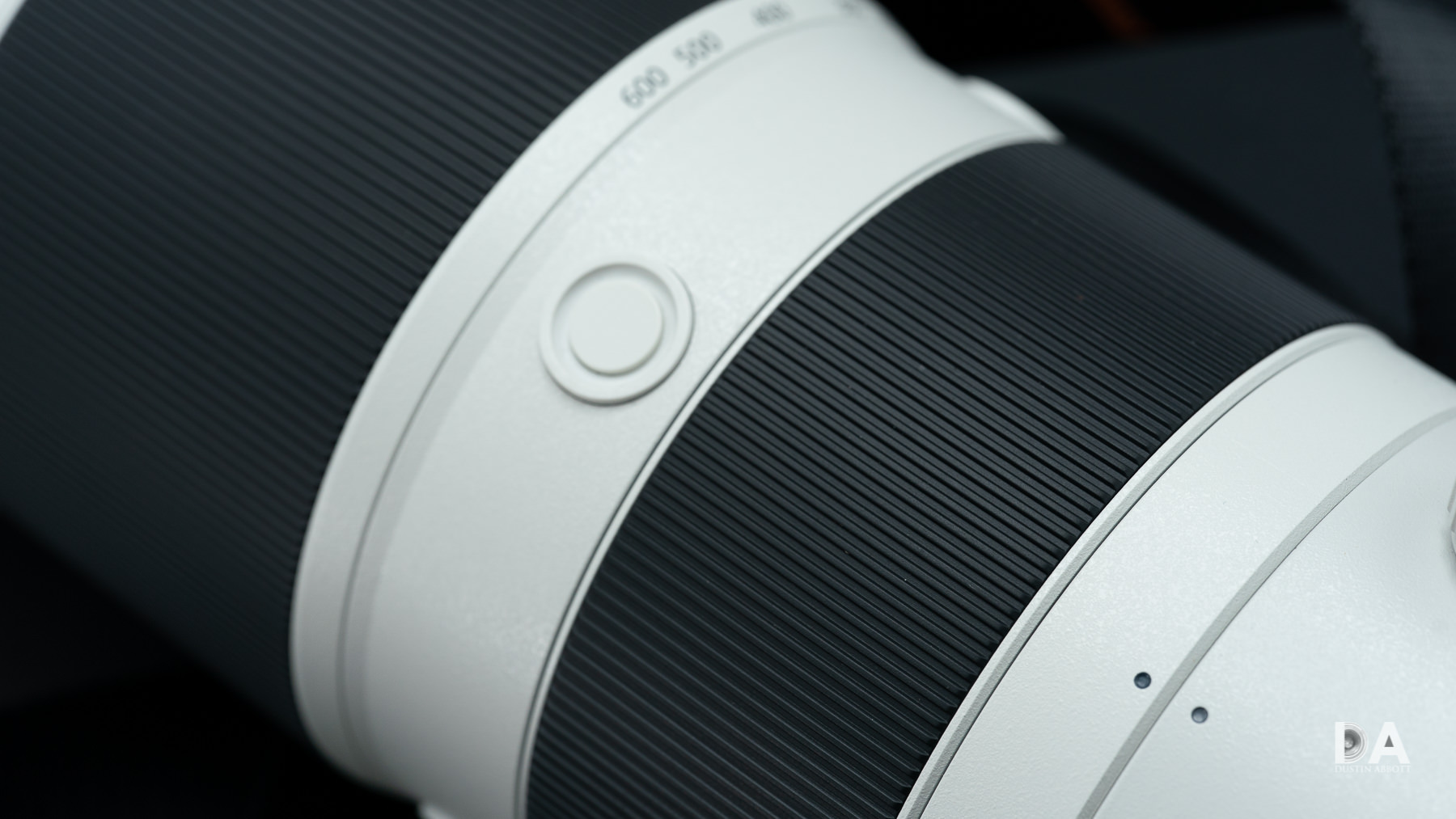
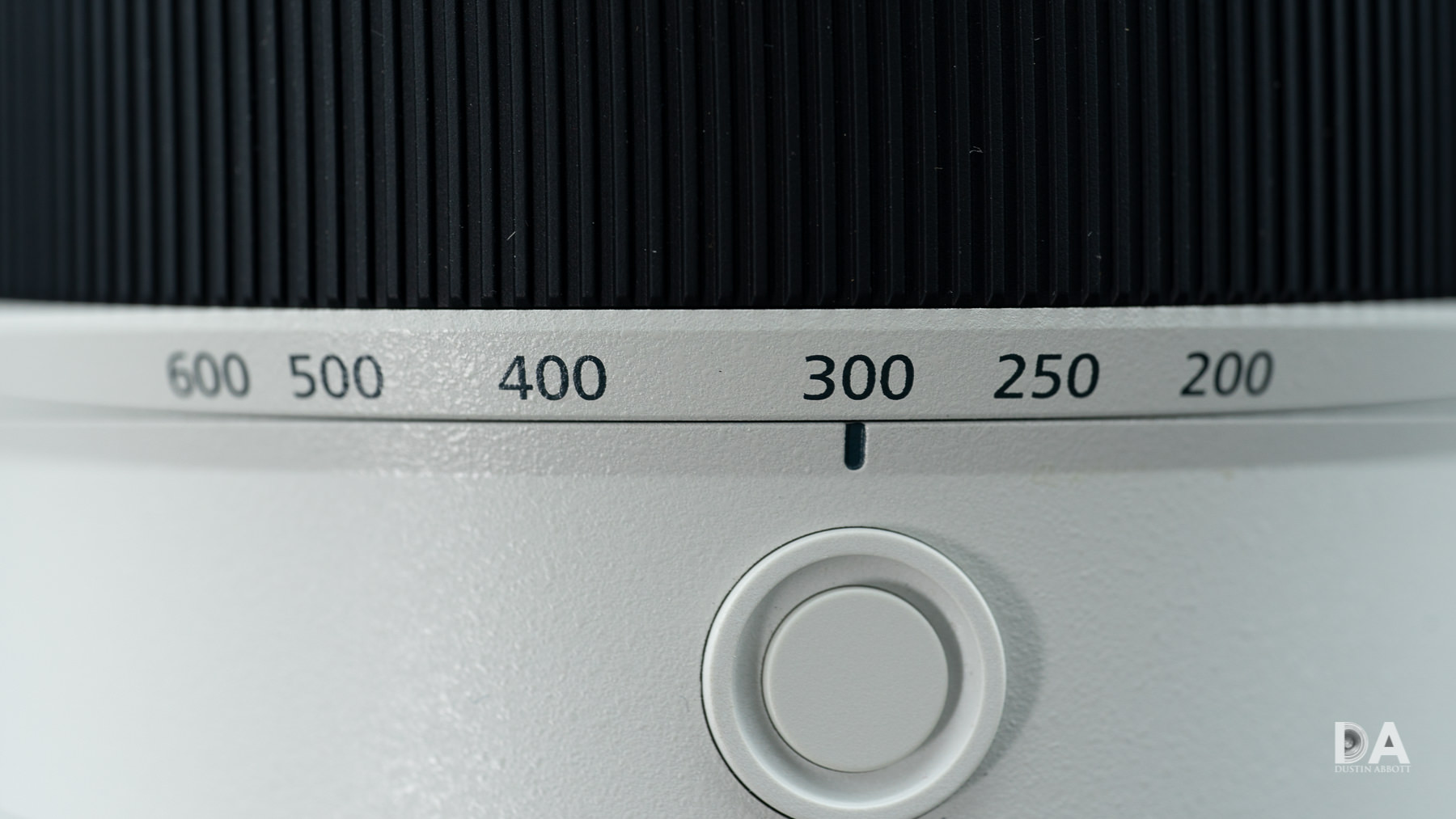



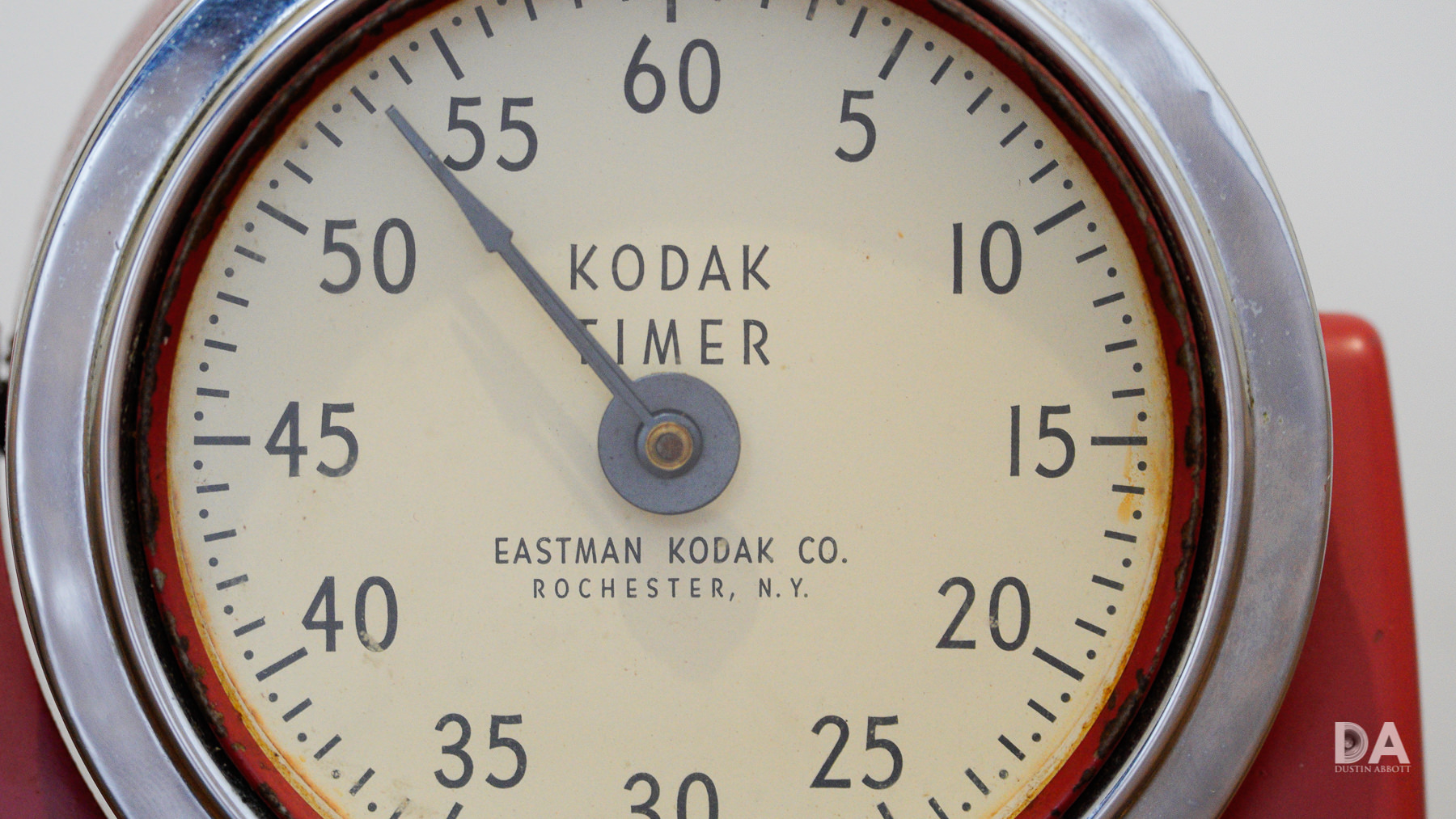
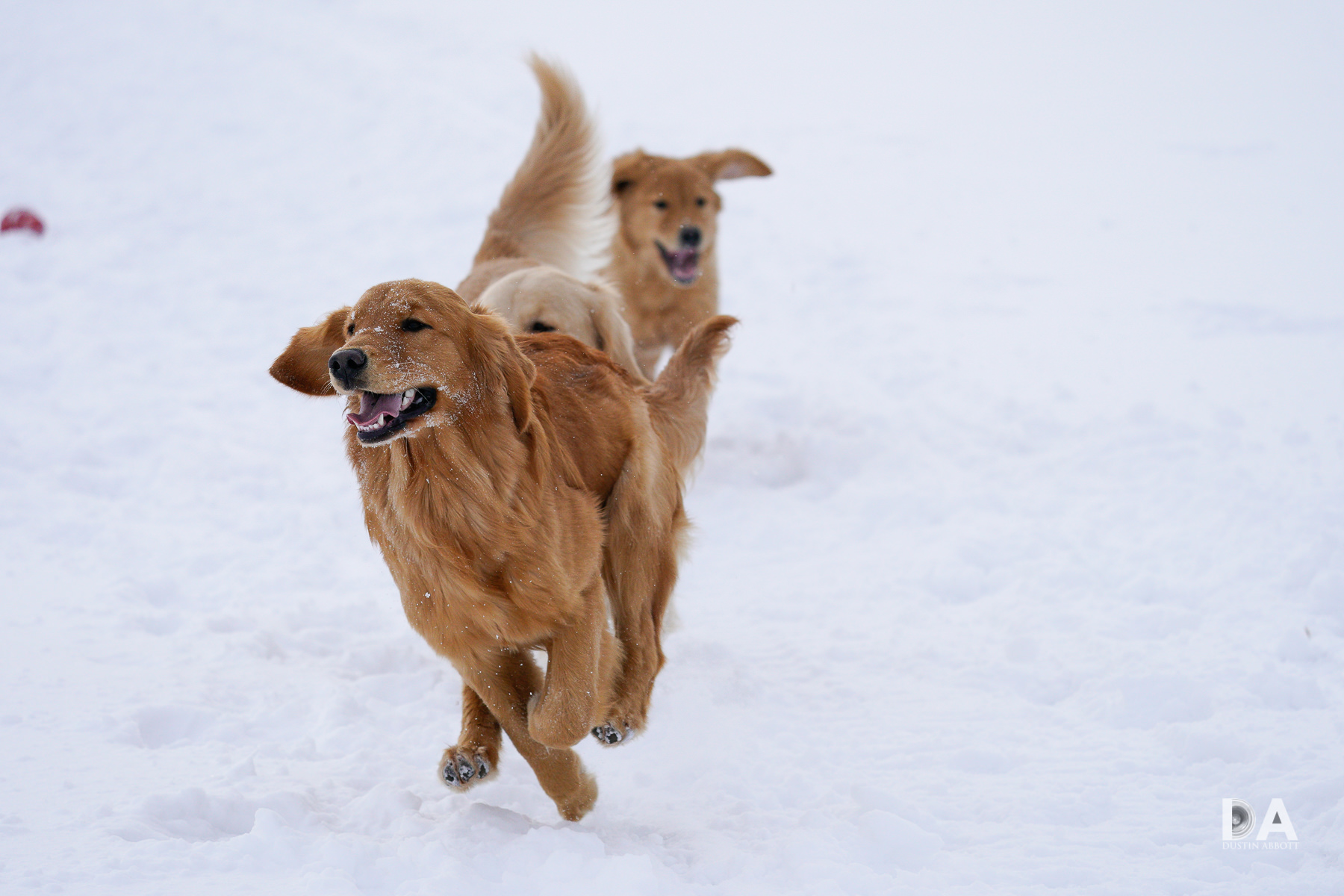



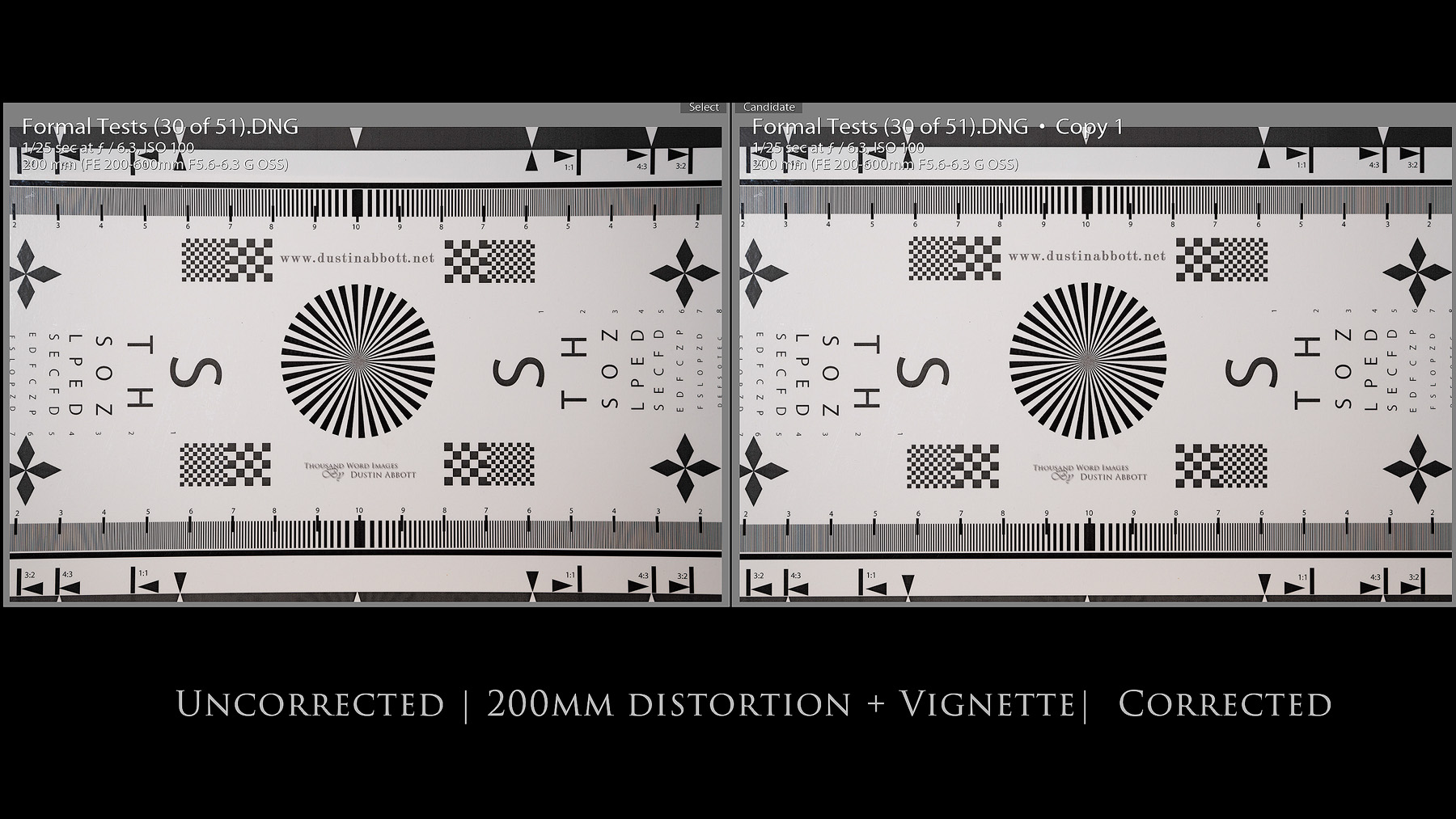
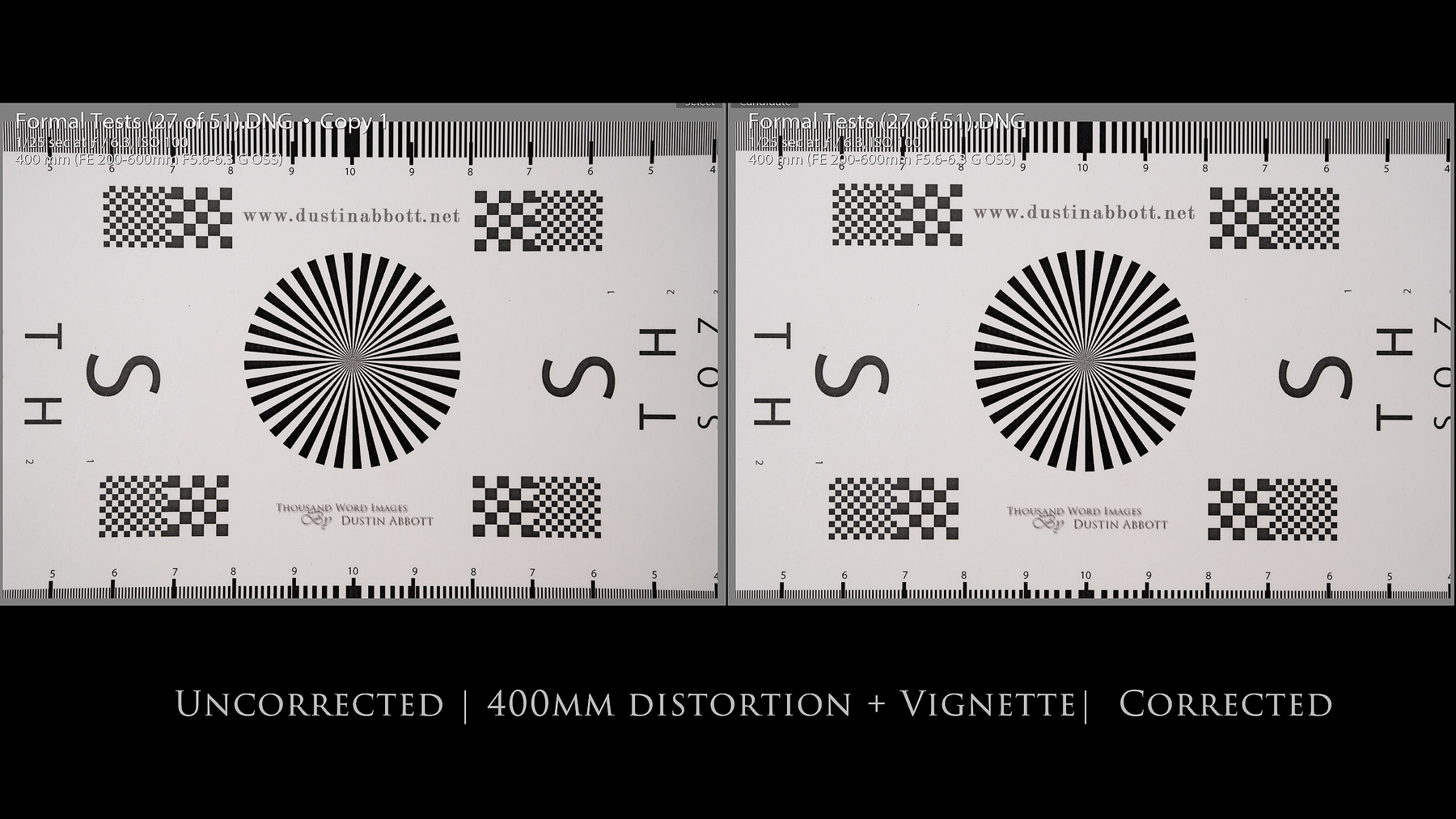
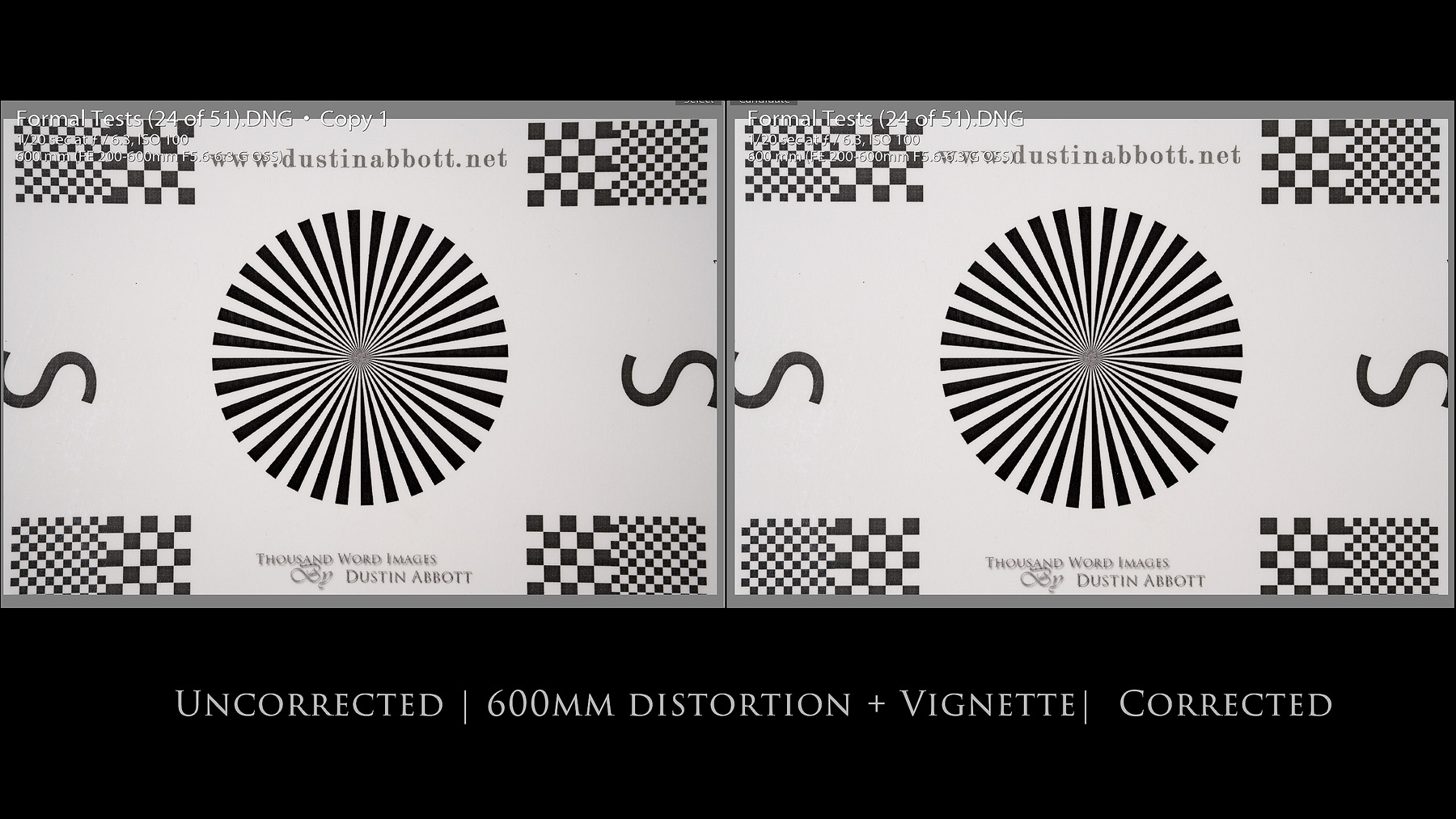
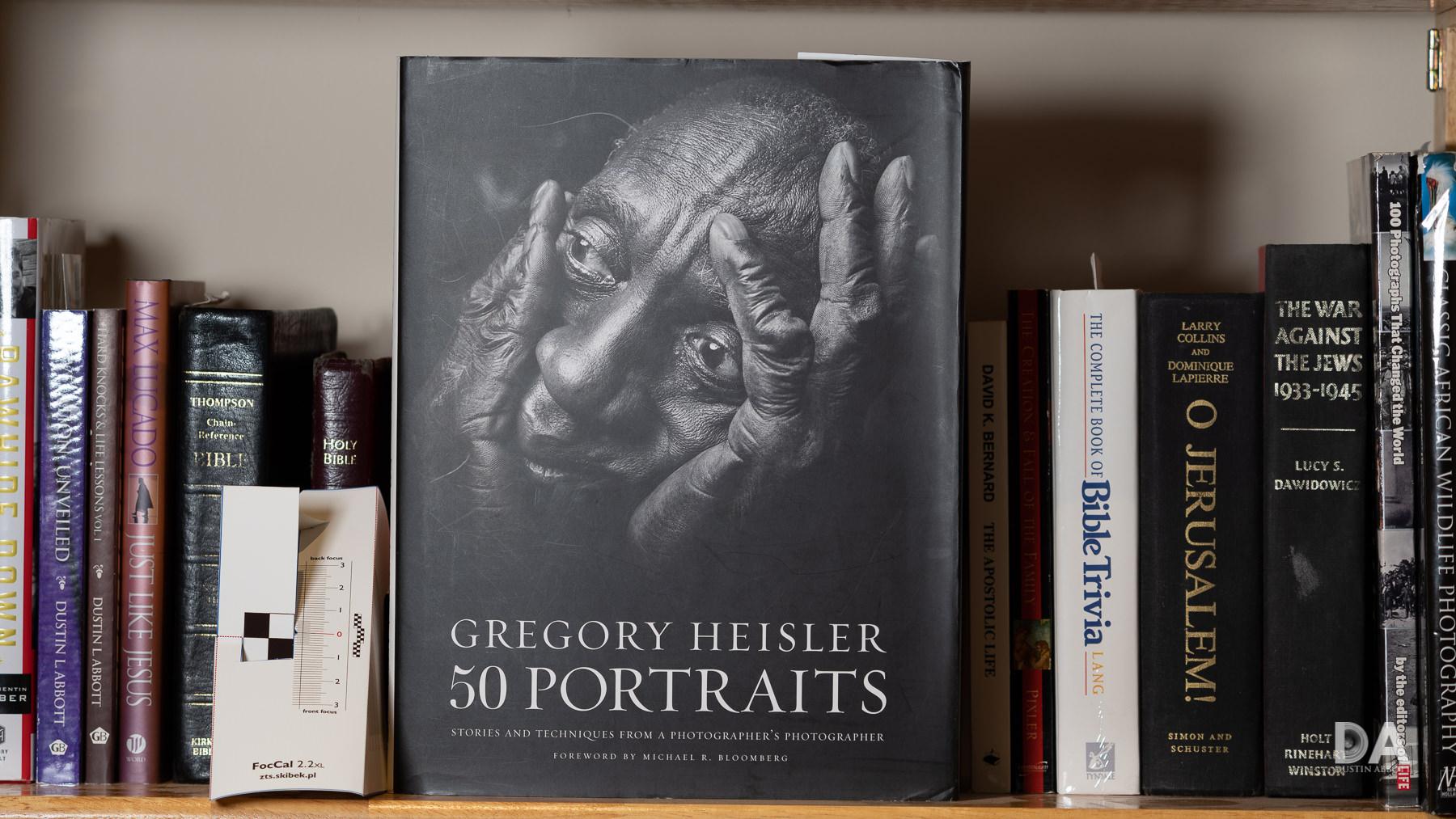
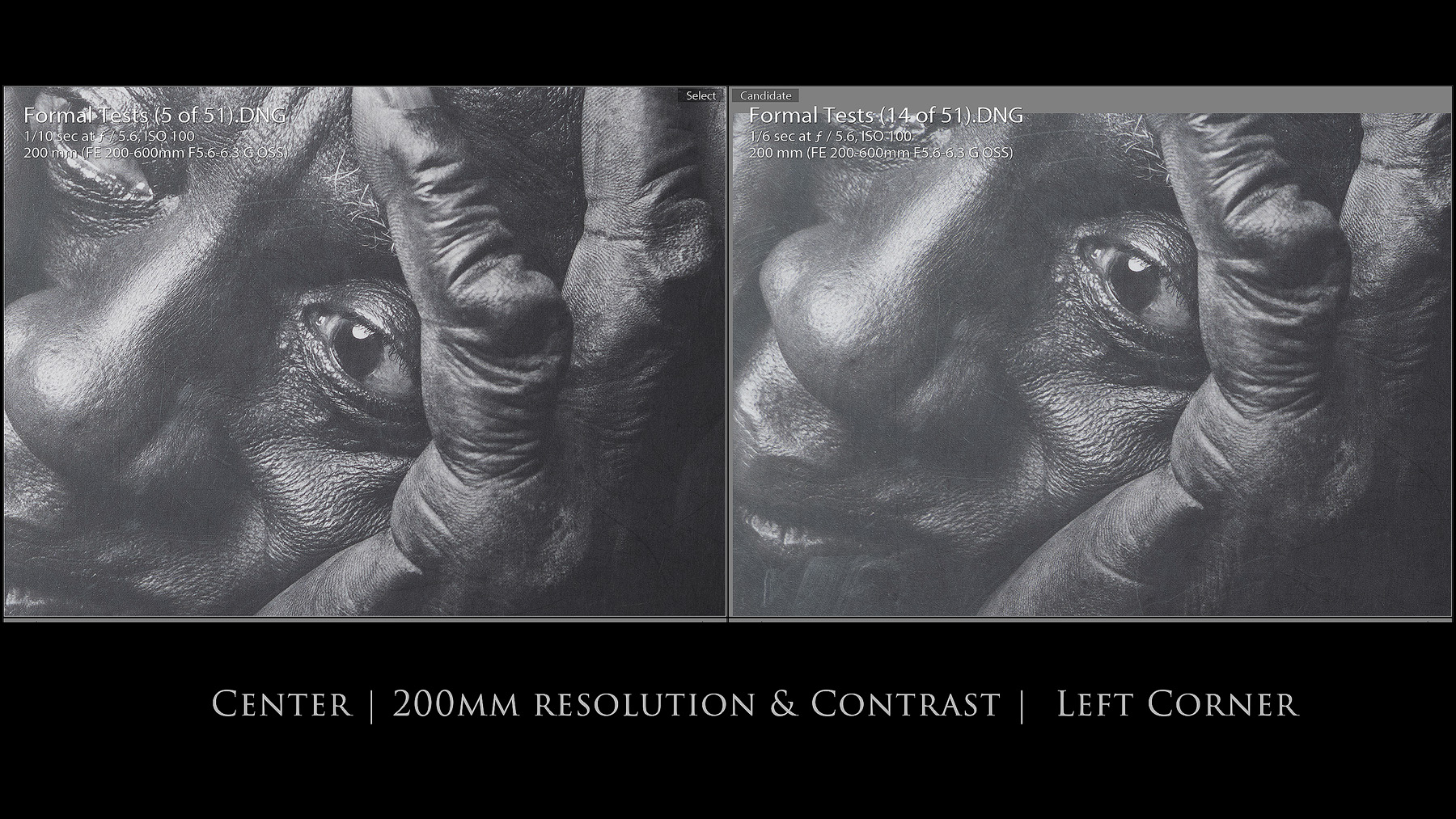








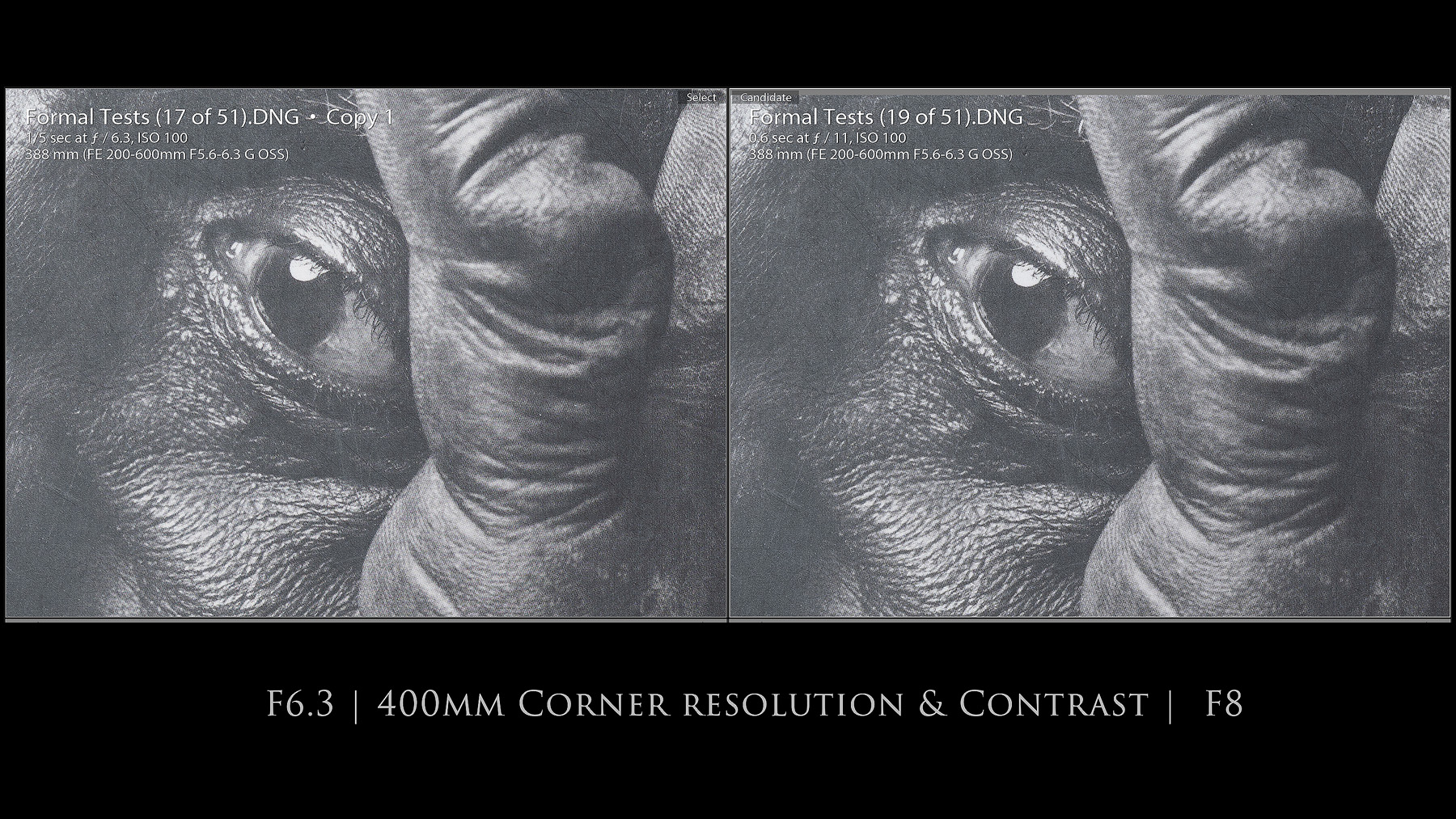




















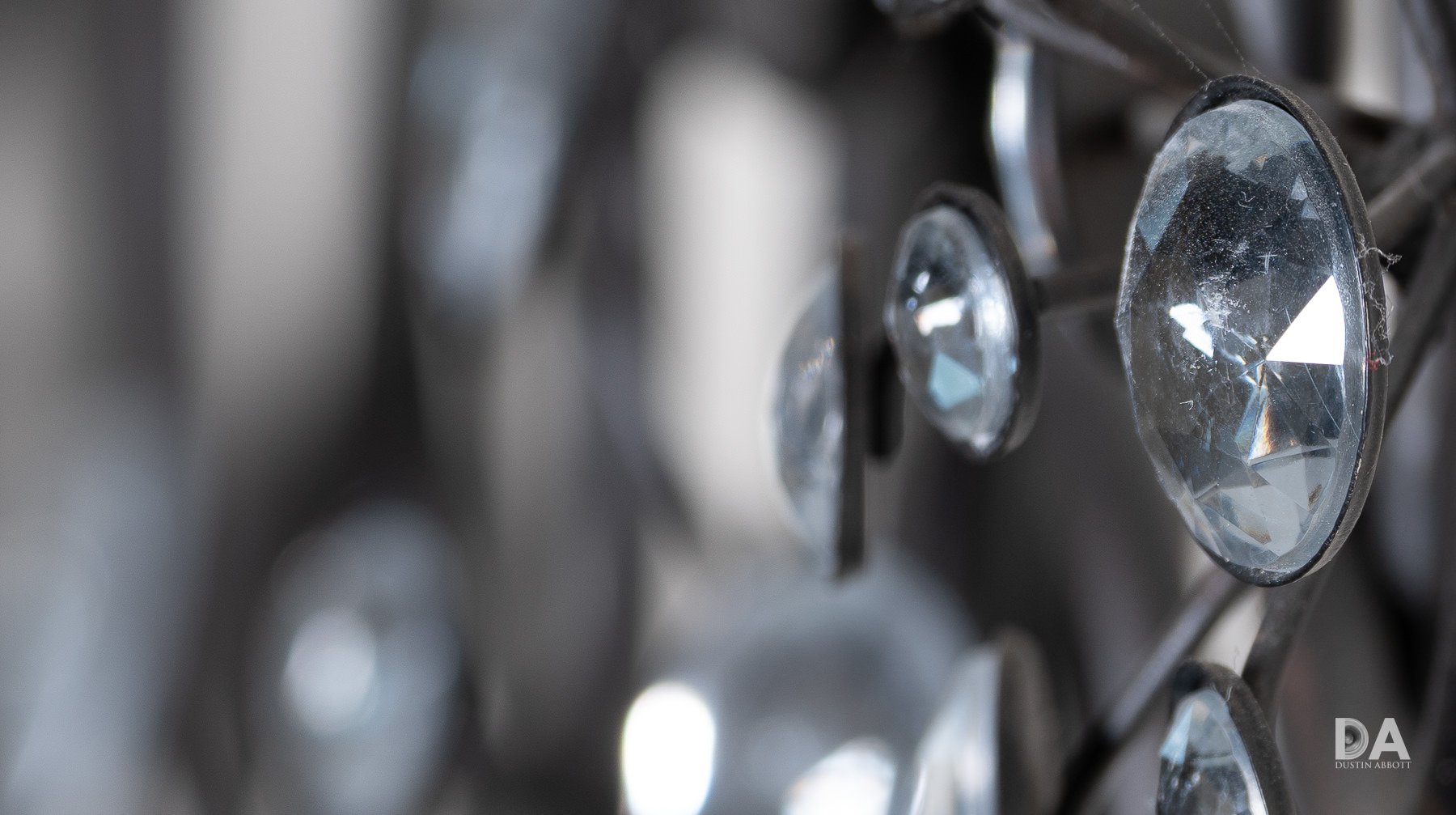







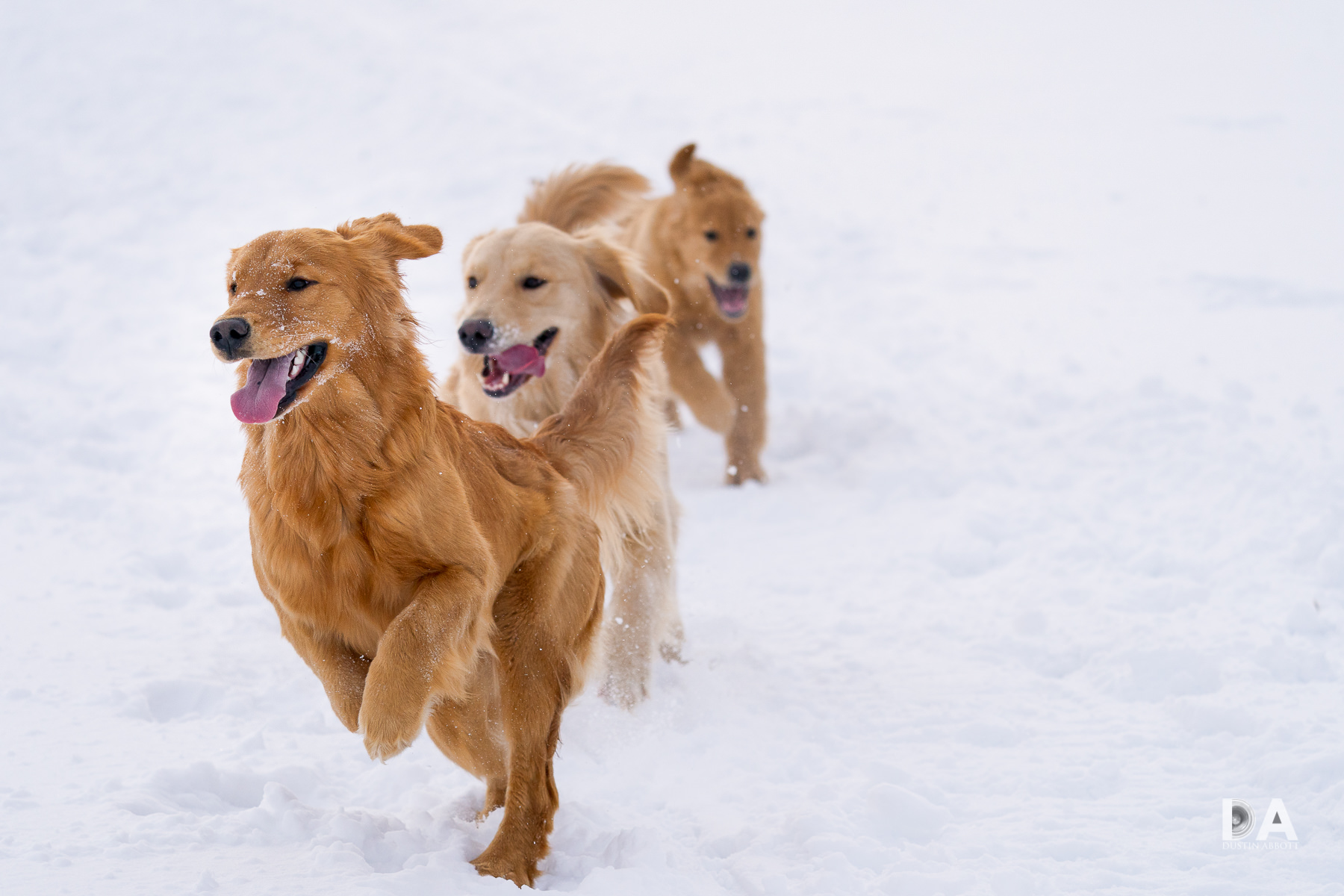
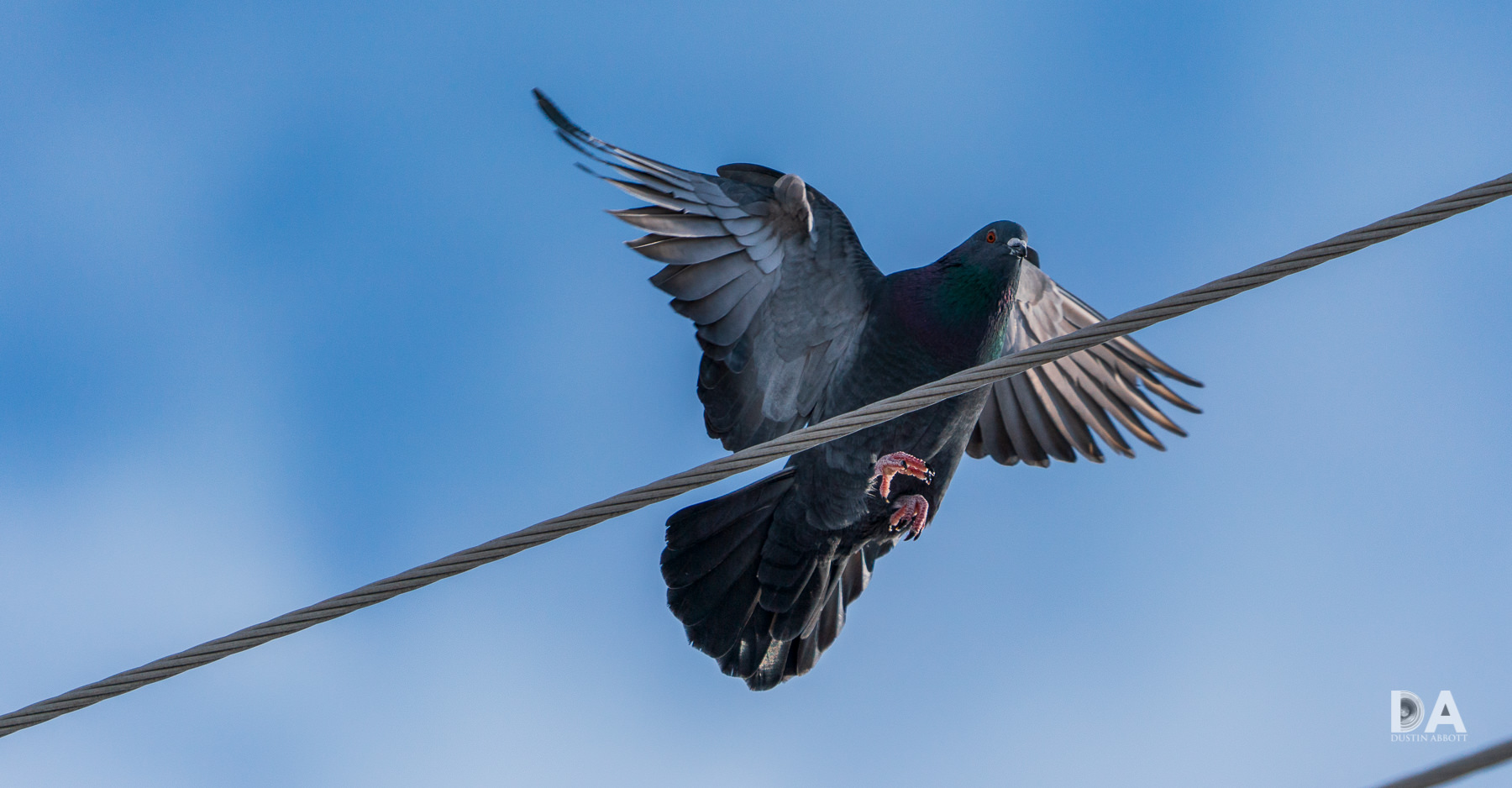




 Nikkor Z 35mm F1.2 S Review
Nikkor Z 35mm F1.2 S Review  Kase AF 85mm F1.4 Review
Kase AF 85mm F1.4 Review  Fujifilm X-Half Review
Fujifilm X-Half Review  Nikkor Z 35mm F1.8 S Gallery
Nikkor Z 35mm F1.8 S Gallery 



2 thoughts on “Sony FE 200-600mm F5.6-6.3 G OSS Review”